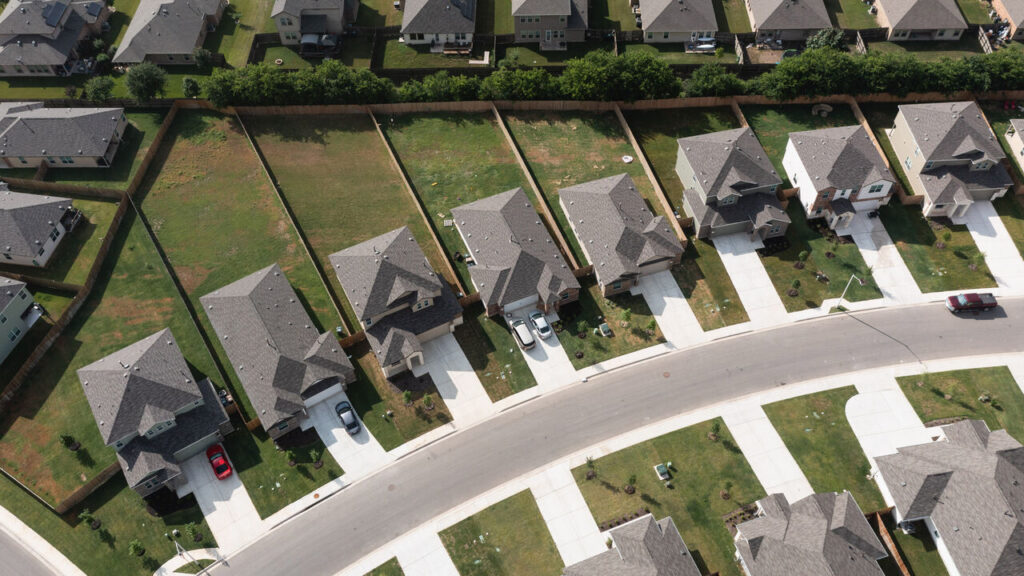In recent years, homeowners across the country have experienced a surge in real estate values, driven by favorable economic conditions, low-interest rates, and a heightened demand for residential properties. However, signs now indicate that these prosperous times may soon reach a conclusion. Several factors are converging to alter the landscape of homeownership and the real estate market, ultimately ushering in a new phase marked by increased uncertainty.
One of the primary drivers of this potential downturn is the rising interest rates implemented by the Federal Reserve. As inflation continues to find its footing, the Fed has embarked on a cycle of rate hikes aimed at cooling down the economy. Home loans, previously available at historically low interest rates, now face higher costs, which directly impacts the affordability of homes for potential buyers. Mortgages that were once accessible to a broader segment of the population have now become a considerable financial burden. As a result, fewer people are entering the market, leading to a slowdown in home sales.
Coupled with this interest rate hike, there has been a significant increase in home prices over the last decade. Many homeowners have enjoyed substantial equity appreciation, but as affordability begins to wane, prospective buyers are left with fewer options. This scenario creates a bottleneck; on one hand, current homeowners may hesitate to sell due to the high costs associated with purchasing a replacement property, while on the other hand, potential buyers are deterred from entering a market that seems increasingly out of reach.
The availability of housing inventory is another factor adding to the complexities of the current real estate environment. For years, housing supply has struggled to keep pace with demand, resulting in limited listings and escalating prices. However, the recent slowdown in home sales due to rising interest rates has caused some homeowners to reconsider their selling strategies. Many are now opting to stay put, thus exacerbating the inventory crisis. This lack of available homes further complicates the situation, skewing the market dynamics and placing additional pressure on buyers.
Additionally, economic uncertainties, such as potential recessions and fluctuations in job markets, have also added layers of complexity for homeowners. With concerns about job stability, many individuals are hesitant to make long-term financial commitments, such as purchasing a home. The fear of job loss or reduced income inevitably influences consumer confidence and can lead to a significant decline in housing demand. Consequently, this may prompt home prices to level off or even decrease, which could erode some of the accumulated equity for existing homeowners.
Market analysts also point to a generational shift in housing preferences that may impact the future of homeownership. Millennials, who have historically been the largest group of homebuyers, are now entering a stage where financial pressures and changing lifestyles are altering their housing goals. Many are turning toward rental properties, co-living spaces, or urban settings that offer a lifestyle more conducive to their values. This shifting preference may shift demand away from traditional single-family homes, increasing the likelihood of a prolonged slowdown in the market.
In conclusion, the days of soaring home values and unprecedented demand appear to be coming to a close. The convergence of rising interest rates, limited housing inventory, economic uncertainties, and evolving generational preferences all point toward a recalibration of the real estate market. Homeowners must now navigate through this shifting landscape with caution, as the implications of these changes could have lasting effects on individual financial positions and the overall health of the housing sector. As this transition unfolds, it is essential for stakeholders—homeowners, potential buyers, and investors alike—to remain vigilant and adapt to the evolving dynamics of the housing market.












